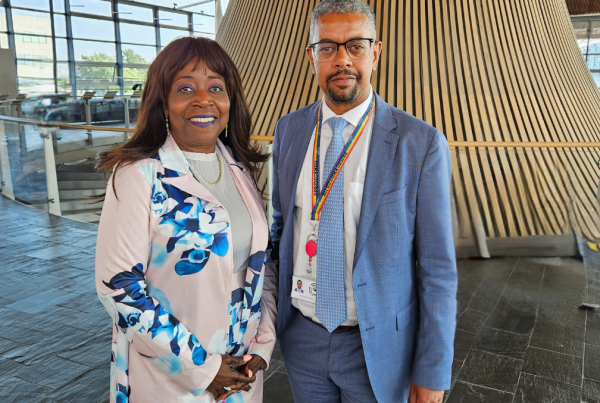Research by�Yoppie, has revealed that women are bossing the board when it comes to business, with the number of female directors within FTSE 100 companies climbing 18% in the last three years alone. Although this boardroom balance is far better in some countries than it is in others.
Yoppie crunched the numbers on the number of FTSE 100 directorships held by females since 2017 and found that overall, there are now 305 female directors flying the flag for females at the very top tier of business – an 18% jump on the 259 seen in 2017.
What�s even more impressive, is the fact that some FTSE 100 females hold more than one directorship, meaning there has been a 21% increase in the number of female held directorships since 2017, a 24% increase in the number of female executive directorships and a 20% jump in the number of female non-executive directorships.
Women are also bringing some young blood to the boardroom when compared to their male counterparts. The average age of a female director across the top FTSE companies is 58, two years younger than male directors.
The biggest age gap is between chairs, with the average female chair aged 60 versus 66 for the average male chair.
However, there�s still work to do in the UK to level the playing field where gender representation in the boardroom is concerned.
Across the UK, women account for just 33.8% of all board directors. While this is a fairly respectable level of representation, the UK has some way to go to match the frontrunners of France and Norway where women account for 44.6% and 44.2% of all board directors respectively.
At CEO level, there is even more work to be done. Sweden ranks top with women making up 20% of all Swedish CEOs, with Norway (16%) and Ireland (15%) also ranking high. In the UK, however, this figure sits at just 5.3%.
Founder of�Yoppie, Daniella Peri, commented:
�It�s great to see an increase in the number of women bossing it at the highest level of business and it�s long overdue.
Women in business want to be appointed on merit and so this slow but steady progress suggests we�re on the right track, rather than implementing an immediate fifty-fifty split simply to tick the workplace gender balance box. At Yoppie, this approach has produced a natural board balance whereby two-thirds are female and so it�s an issue that can be very much addressed if we wish to do so.
However, we still have some work to do in the UK and as a Swedish national, I�m delighted to see my home nation leading the way with such a high percentage of women in business.
This is something I hope we can emulate here in the UK and increasing the extremely low number of female CEOs would be a perfect place to start.�
| FTSE 100 Directorships | 2017 | 2018 | 2019 | 2020 | Change (2017-20) |
| Female held directorships | 294 | 305 | 339 | 355 | 21% |
| Female executive directorships | 25 | 25 | 28 | 31 | 24% |
| Female non-executive directorships | 269 | 280 | 311 | 324 | 20% |
| Total female directors (NED and ED) | 259 | 264 | 292 | 305 | 18% |
| Source: Cranfield – The Female FTSE Board Report | |||||
| The total number of female directors is lower than the number of female held directorships because some women hold more than one directorship | |||||
| Most female board directors as a percentage of all board directors by nation | Most female CEOs as a percentage of all CEOs by nation | |||
| Nation | % | Nation | % | |
| France | 44.6% | Sweden | 20.0% | |
| Norway | 44.2% | Norway | 16.0% | |
| Sweden | 38.3% | Ireland | 15.0% | |
| Belgium | 35.5% | Denmark | 12.0% | |
| Netherlands | 35.5% | Singapore | 10.0% | |
| Italy | 35.3% | Finland | 8.0% | |
| Finland | 34.1% | United States | 6.0% | |
| United Kingdom | 33.8% | United Kingdom | 5.3% | |
| Germany | 33.4% | Austria | 5.0% | |
| Denmark | 31.4% | France | 5.0% | |
| United States | 28.0% | South Africa | 3.9% | |
| Ireland | 26.0% | Belgium | 3.5% | |
| Spain | 24.2% | Germany | 2.9% | |
| Austria | 23.9% | Italy | 2.4% | |
| South Africa | 22.3% | Spain | 2.0% | |
| Turkey | 19.2% | Japan | 0.4% | |
| India | 16.3% | Netherlands | 0.0% | |
| Singapore | 16.0% | Turkey | 0.0% | |
| Japan | 11.0% | India | x | |




